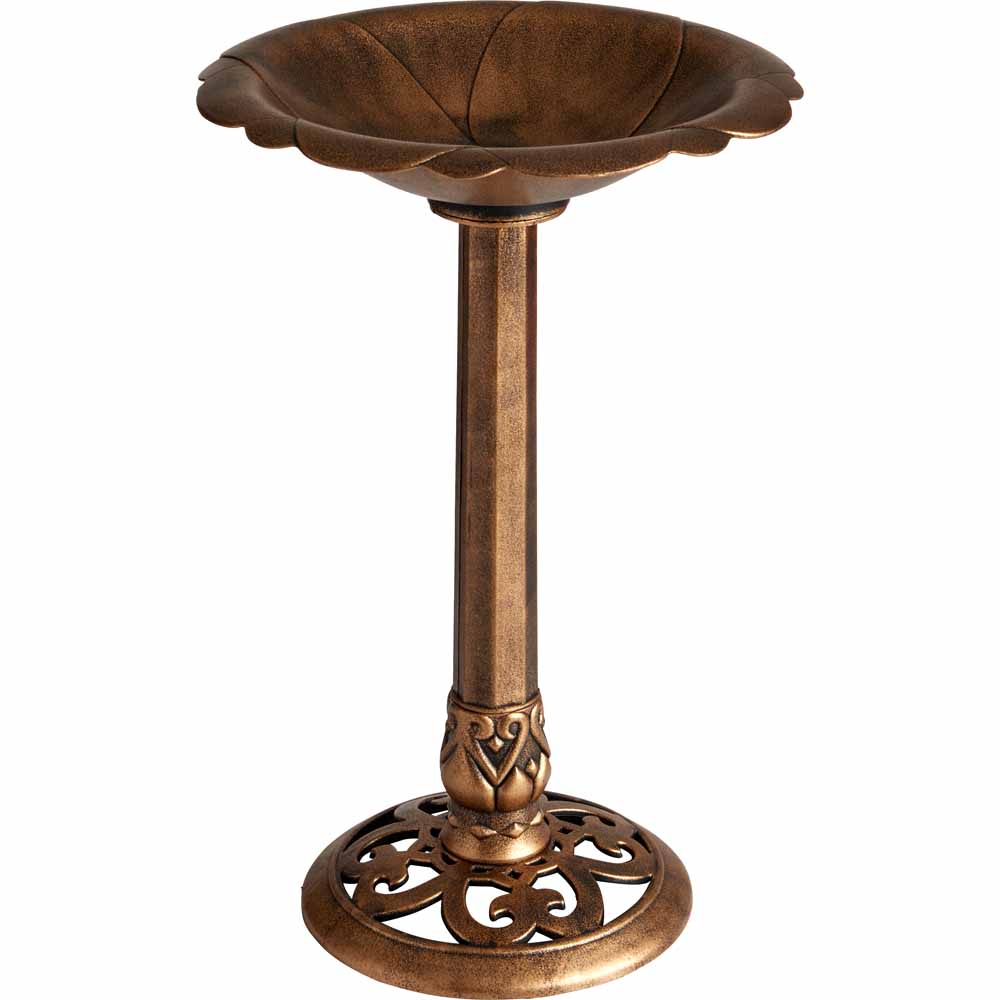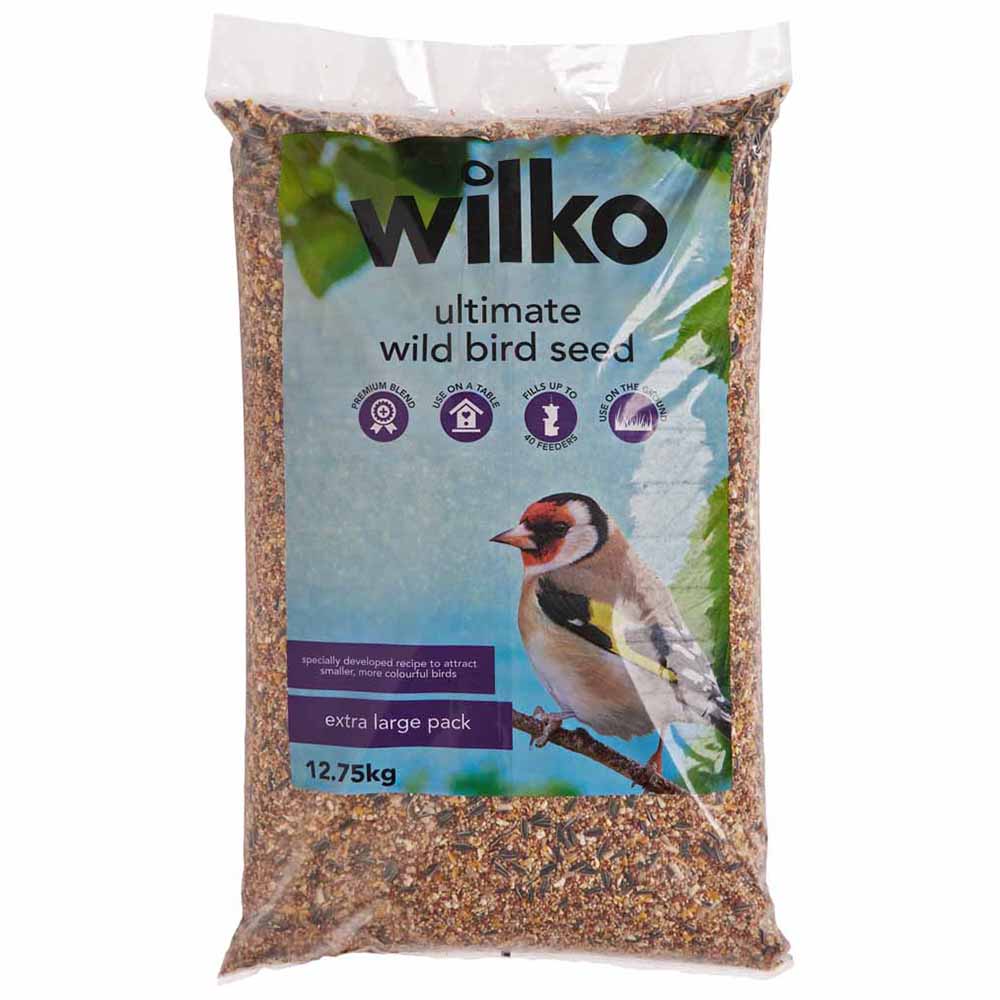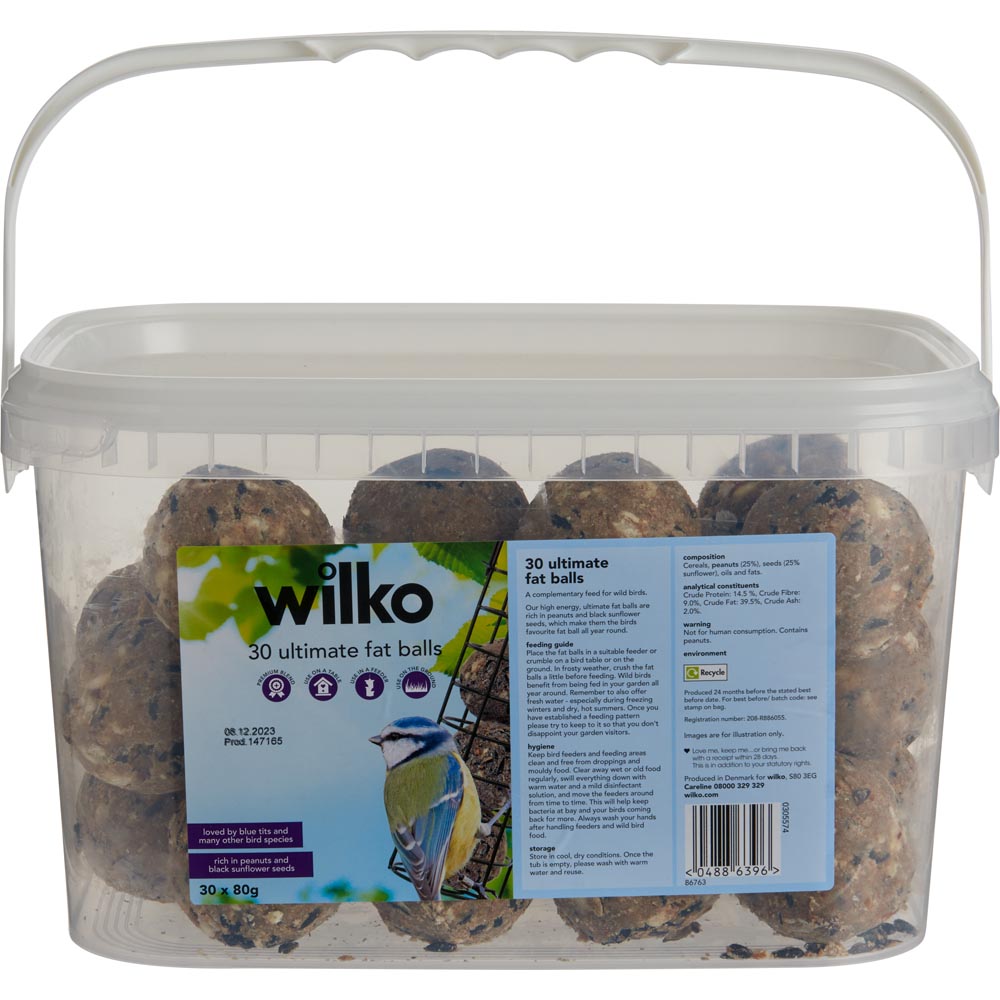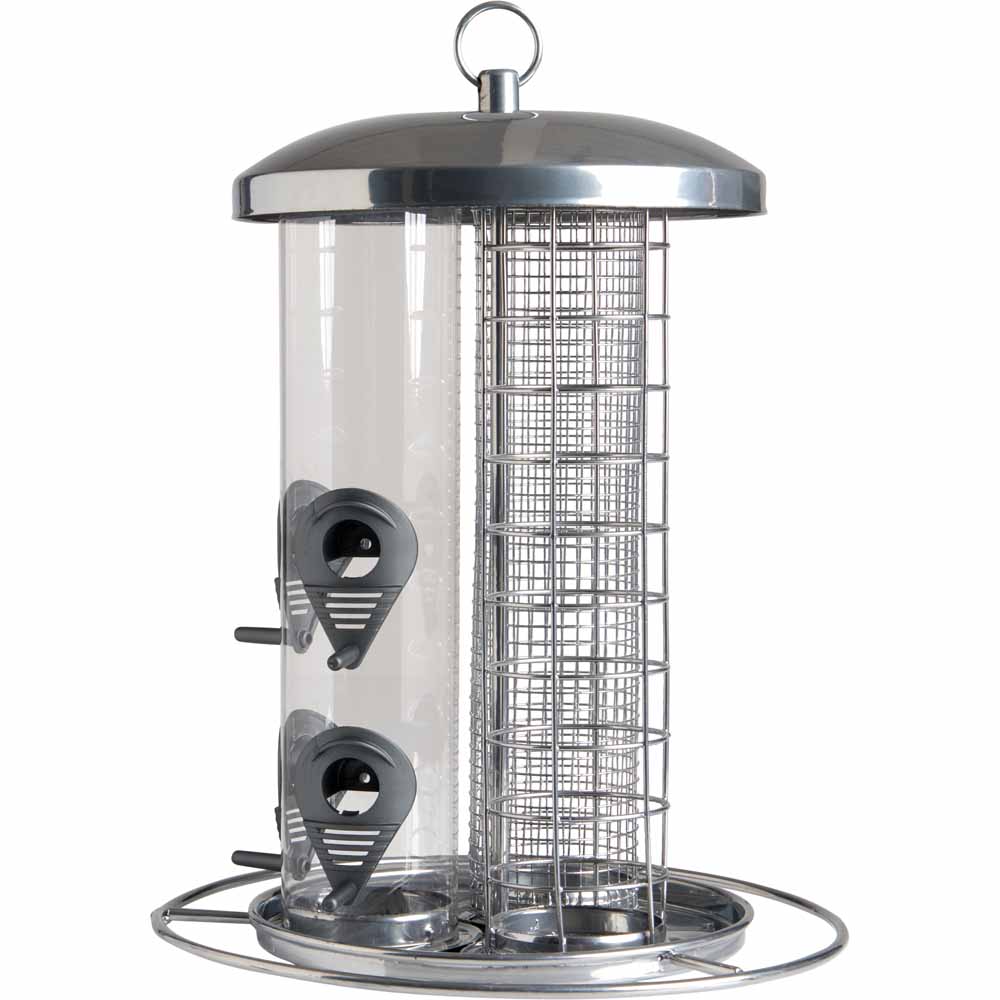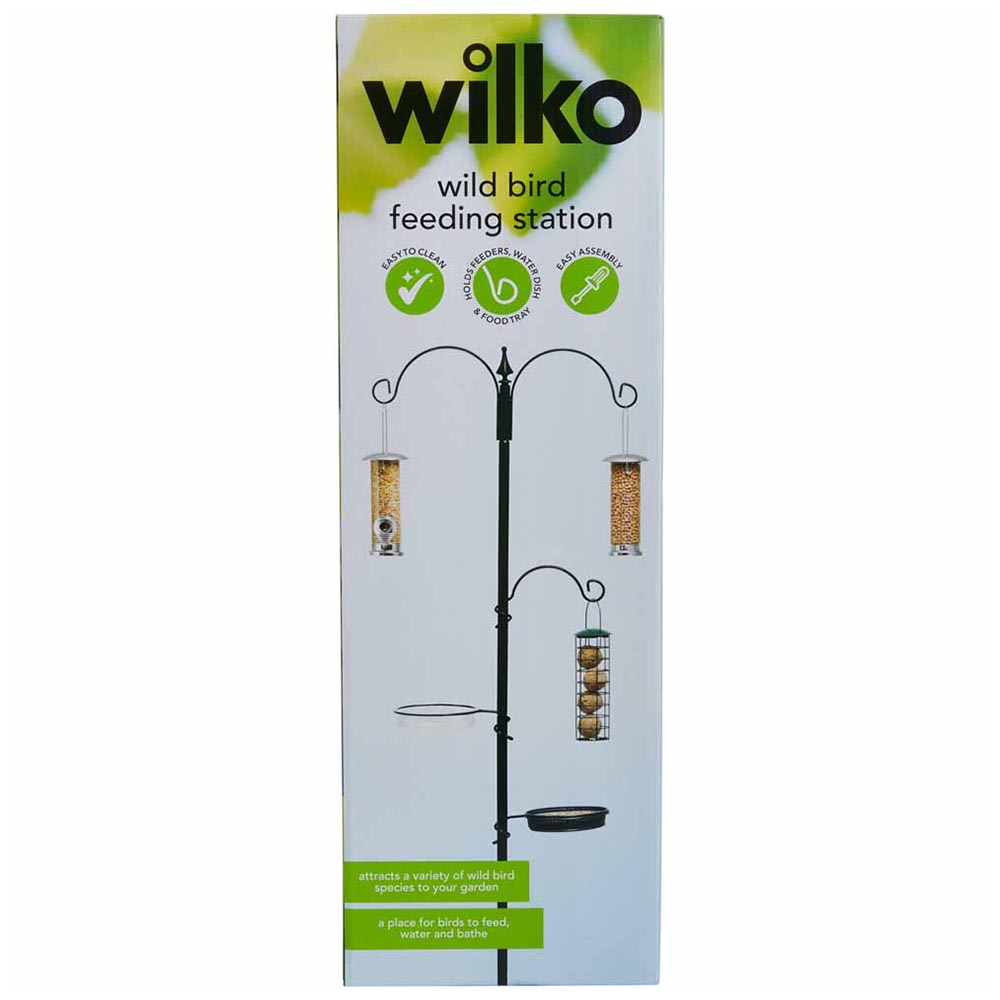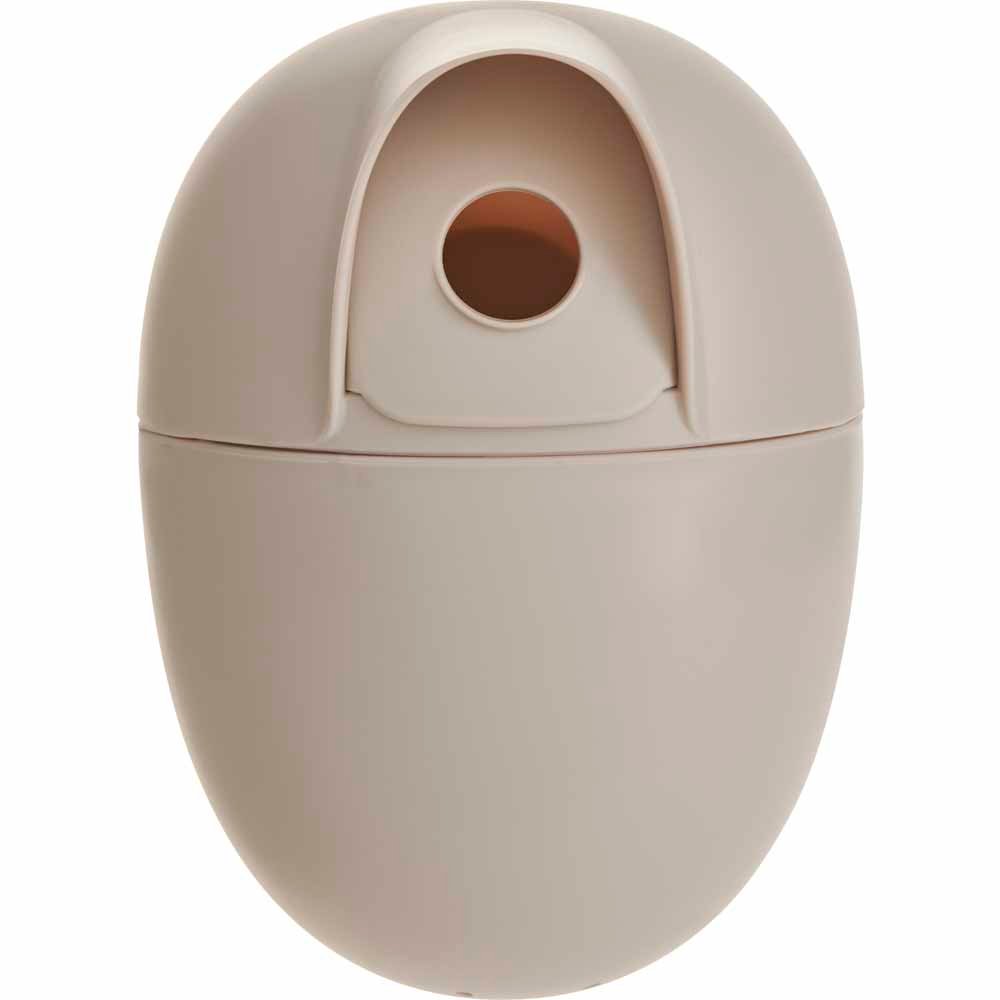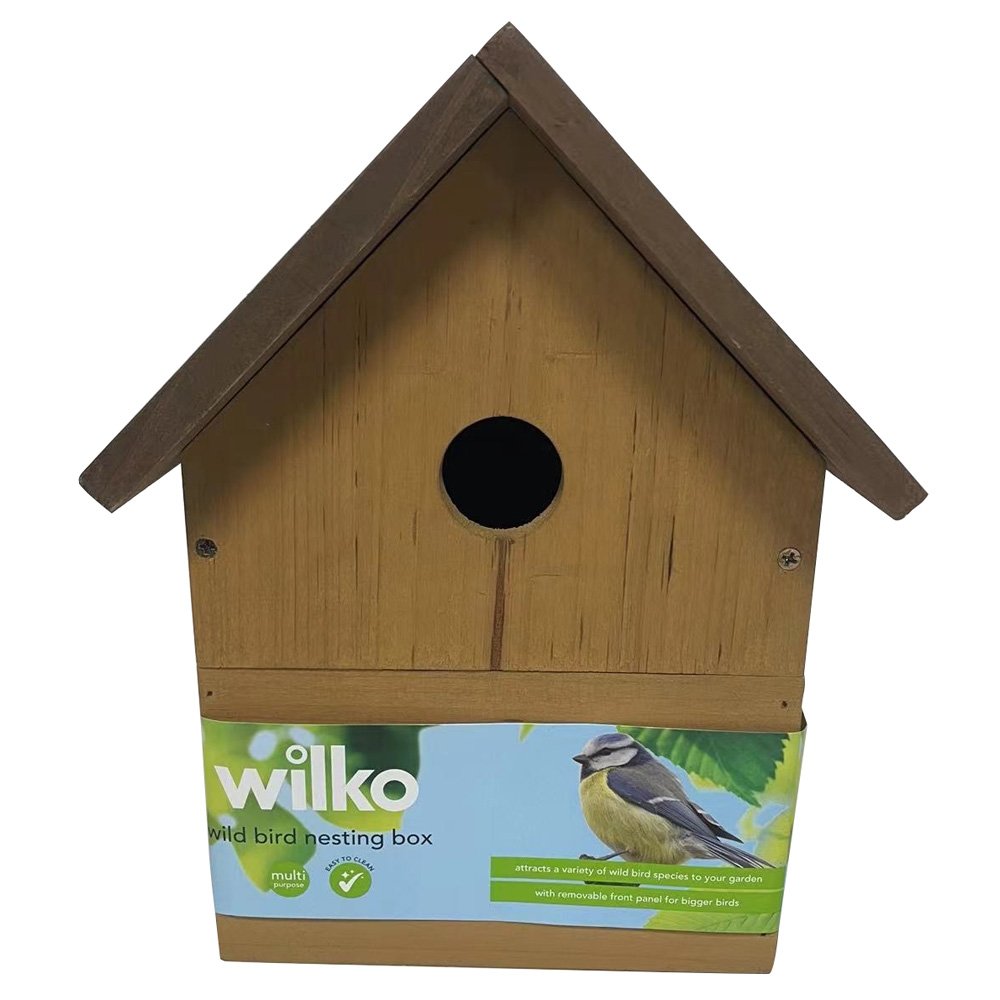

5 ways you can help wild birds in hot weather
We all know how important it is to look after our feathered friends over winter when food becomes scarce but it’s actually really important to look after them all year round too.
The arrival of hot weather may be fun for us but unfortunately it’s not always so enjoyable for our feathered friends. Warmer weather and less rain makes the ground more solid, making it harder for birds to find earthworms, snails and fresh water for drinking and bathing in.
So, what can we do to help wild birds? We’ll show you how, and all from the comfort of our own back gardens!
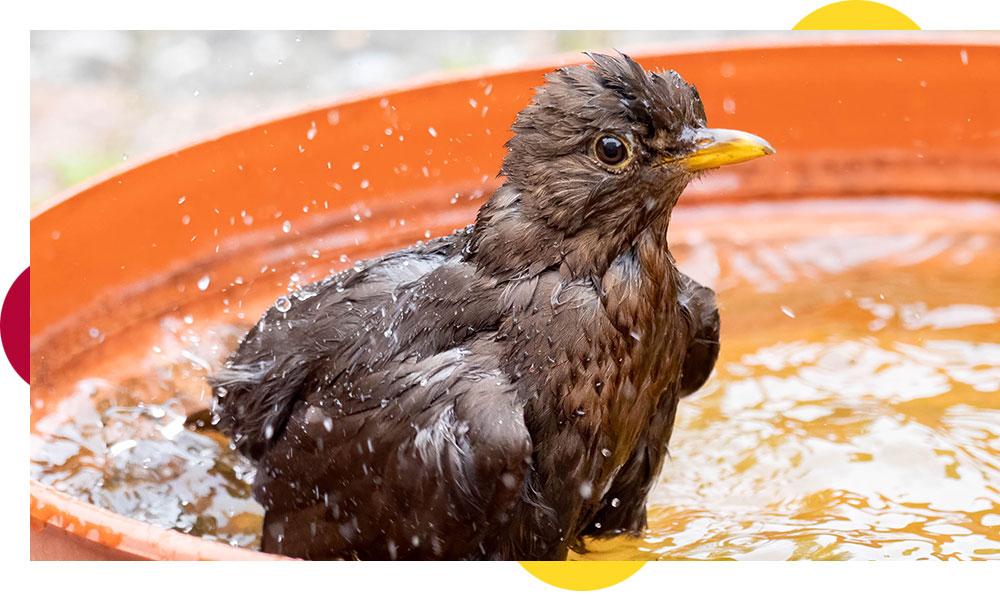
1. Make sure birds have fresh water
During hot weather spells, water can quickly dry up. Birds not only rely on water for a refreshing drink but a dip in cool, fresh water for our feathered friends really helps them cool down on a hot day. It can also help keep their skin and feathers in good health.
If you have a bird bath, make sure you check it daily (more on really hot days if possible) and keep it topped up. Don’t have a bird bath? Just pop out small dishes of clean water in the garden or even just create puddles on the ground.
Make sure wherever you put out water for birds that the area is kept clean and the water changed regularly to avoid any nasties building up!
2. Keep bird food supplies topped up
You might think of feeding the birds as something you only need to do in the winter, but they could use our help in the summer months too! At this time of year, many birds are raising their young (hungry work!), and spells of hot and dry weather can take away their food sources, so they’ll be grateful for any extra bits you put out for them! Although the chicks will happily munch on caterpillars and other insects, it’s important there’s plenty of food for adult birds to thrive so they can look after their little ones.
It's a good idea to top up wild bird feeders and bird tables with a variety of food for birds so they get a good mix of high protein and energy foods.
We love...
- Mealworm– very popular with blackbirds and robins
- Fat balls – provides lots of energy (perfect for busy parents!)
- Suet pellets – like fat balls, these also provide lots of energy. Popular with blue tits
- Peanut kibble - (it’s important not to feed whole loose peanuts at this time of year as fledglings could potentially choke on them)
- Calci worms – these contain high levels of calcium which helps birds form strong eggs and supports feather and bone development
Want a bit of everything to keep all the birds happy? Our favourites bird food blend is full of all sorts of tasty treats, including a seed mix, sunflower hearts, suet pellets and mealworms – perfect for all year round. It also contains oyster shell grit which is packed with calcium too! Fill up a seed feeder, and you’re good to go!
3. Choose the right bird feeders for your garden
Bird feeders and feeding stations keep food off the ground and out of any predators’ reach – meaning every bit goes to the wild birds. Pop your feeders in a shady spot to let birds have their dinner in the cool! If you’ve not got much shade in your garden, a bird house feeder will do just the job as its roof will provide some shade.
If you have bird feeders, it’s particularly important to keep them clean this time of year, as warm weather will help bacteria thrive. Be sure to clear away any old or wet food regularly. When cleaning, a cleaning brush will come in handy to get into nooks and crannies, then swill everything down with warm water and a mild disinfectant solution. Remember to always wash your hands after handling feeders and wild bird food too.
4. Make some mud pies for the birds!
Making ‘mud pies’ can really help migratory birds, like house martins, who are in the area looking for mud to build their nests!
As we’ve talked about, during hot weather the ground becomes dry, so mud, which is used by some birds to make nests, becomes harder to find. So, this weekend, how about getting the kids outside making mud pies for the birds!
All you need to do is take an old dish or garden pot and mix soil with water until you get a truly muddy, gunging puddle! Kids will love the excuse to get their hands dirty and it costs nothing if you already have flowerbeds in your garden that you can pinch some soil from! It’s worth checking regularly that the pies remain sludgy yet clean, so that the birds can keep safely using them.
5. Give birds a cool place to nest
A nest box with plenty of ventilation is essential for keeping little nestlings cool. Bird boxes should be placed in shady spots with plenty of foliage around to help the birds stay out of the heat of the day as much as possible. Make sure it’s not directly facing where wind normally comes into your garden either or can be exposed to lots of rain.
Be sure to clean boxes at the end of nesting season when the birds have finished using them. Autumn is the best time for this, but it’s always worth having a peek inside first to make sure all the birds have left! To clean your nest box, carefully pour boiling water over it and scrub with a bird feeder cleaning brush to get rid of any bacteria or nasties that might have got in there over the season. Never use pesticides as this could harm next year’s birds.
Keep your feathered friends healthy and happy throughout the year with our wild bird range. From nest boxes to bird feeders and bird feeding stations, we’ve got everything you need to get set up, plus a huge range of bird feed to really get them tweeting!


